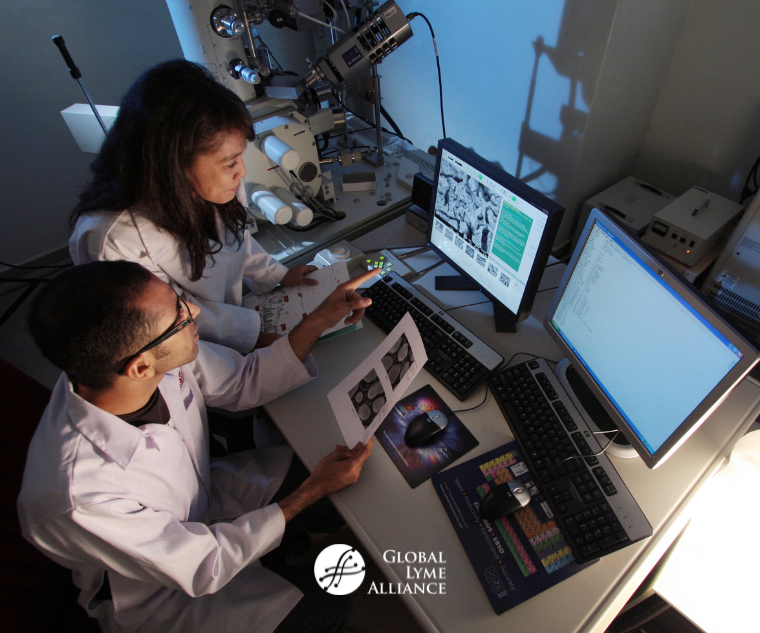
American Society for Microbiology (ASM) has over 30,000 members, including researchers, educators, and health professionals. ASM is one of the largest life science societies in the world. The minireview covers "Borreliella burgdorferi Antimicrobial-Tolerant Persistence in Lyme Disease and Posttreatment Lyme Disease Syndromes."
With an annual incidence of Lyme disease estimated to be at least 476,000 cases in the United States and between 10% to 20% of antimicrobial-treated Lyme disease patients displaying post-treatment Lyme disease (PTLD), this bacterial infection is unparalleled in its tick-borne public health impact.
Furthermore, mathematical modeling estimates that the number of people suffering PTLD is ~2 million or more patients could be suffering from PTLD. The mechanisms underlying PTLD are not entirely known and likely reflect a constellation of factors including autoimmunity, cross-reactivity, molecular mimicry, coinfections, and borrelial tolerance to antimicrobials/persistence. Of all these factors, our understanding of tolerance to antibiotics and the capacity of a subset of Borreliella burgdorferi to survive antibiotic treatment in animal models and human patients has advanced considerably in just the past five to 10 years.
A recent min-review authored by Filipe Cabello, M.D. (New York Medical College) et al. and co-authored by Monica Embers (Tulane National Primate Research Center, Tulane University Health Sciences), a GLA-funded investigator, does an excellent job of presenting evidence supporting borrelia persistence as an epigenetic rather than a genetic property of B. burgdorferi. It also describes how persistence reflects metabolic changes the bacterium undergoes in response to the stressful and dangerous environment of the mammalian host in which if finds itself.
According to the authors, “The relevance of antimicrobial tolerance-mediated persistence in B. burgdorferi-infected patients remains contentious among both scientists in the field and the wider public.” Objective evidence supporting the persistence of antimicrobial-tolerant borrelias in Lyme disease patients is mounting. Eventually, broader acceptance of this evidence will, according to Dr. Cabello, “enable identification of therapeutic modalities capable of blocking functions needed for antimicrobial-mediated spirochetal persistence, tolerance, and revival and thus forestall development of PTLDS in some patients.”
Click here to read the minireview.
